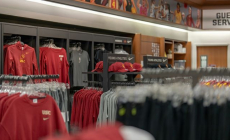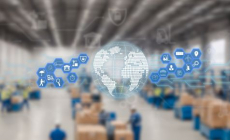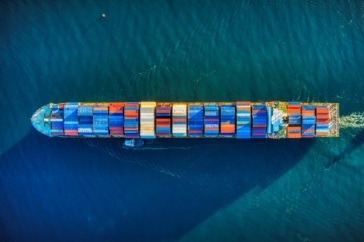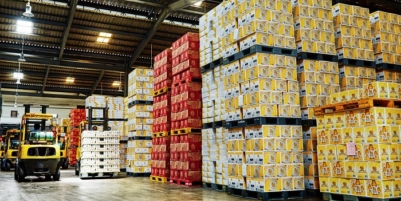-
AI startup Onton raises $7.5M to reinvent the way the world discovers and decides what to buy - November 26, 2025
-
Forklift Market Positions for Recovery as Confidence Expected to Build from 2026 - November 26, 2025
-
PROCare achieves 300% order capacity increase and 99% picking accuracy with Forterro’s ERP solution, Orderwise - November 26, 2025
-
DHL boosts operational efficiency and customer communications with HappyRobot’s AI Agents - November 25, 2025
-
STENA LINE TEAMS UP WITH CAMERA TELEMATICS TO DRIVE SAFETY IMPROVEMENTS AT IRISH SEA PORTS - November 25, 2025
-
Stuut Technologies Raises $29.5 Million Series A Led by Andreessen Horowitz to Automate Accounts Receivable Work - November 20, 2025
-
INCREASED DIGITAL INVESTMENT REQUIRED TO KEEP PACE WITH 2026 CUSTOMS CHANGES - November 19, 2025
-
FULFILMENT SOLUTIONS FOR SPORTS MERCHANDISE: KEEPING OUR EYE ON THE GAME - November 19, 2025
-
COMPLEX, COSTLY & CONFUSING – THE END OF DE MINIMIS - November 19, 2025
-
Albatross raises $12.5 million to reinvent real-time product discovery for the modern web - November 18, 2025
“Nearshoring” — the process of moving business operations closer to the marketplace — is set to alleviate the global supply chain chaos in the United States. In fact, almost two-thirds of shippers believe supply chains are now too global and need to be shifted towards more regional and local ecosystems. Although the trend toward nearshoring began at least a decade ago, the pandemic highlighted the need for greater control over the supply chain and mitigate risk by reducing overseas dependency.
Eliminating the risk of single source supplies
The pandemic highlighted the risks posed by a single source of supply: the impact of a virus outbreak at a manufacturing plant in Asia, for instance, can be felt across the globe. As such, traditional global networks are increasingly being replaced with regional or local networks. “When a global link breaks, regional links need to be self-sustainable,” says Sylvie Thompson, a supply chain consultant with NTT Data Services. Issues like steep transportation costs and raw materials shortages are expected to continue until regional links are solidified. “Whether we like it or not, all supply chains are related. Until the world gets the virus under control, supply chains are going to continue to be disrupted,” says Thompson. 83% of shippers have experienced disrupted key materials supplies so far in 2022, compared to just 49% last year. As such, 83% of shippers say they consequently intend to change sources of supply in favor of regional and domestic sources.
Technological advancements
Moreover, technological advancements like automation and conveyor solutions across multiple sectors can further increase efficiency and production output. These solutions can also decrease operational costs in warehouse or production facilities. Additionally, cutting-edge tech, such as, robotics, 5G, Internet of Things, real-time data transmission, and data analytics are further collectively set to improve the supply chain and keep distractions at bay. With the latest advanced technology, logistics managers can benefit from sharper insights into all aspects of the supply chain and solve problems faster and as they arise. “5G reduces the amount of latency, so it is much more real-time, which is important because there is a large amount of data that has to travel back and forth”, says Dave Bushee, Senior VP of information technology for Penske Logistics. In fact, 56% of third-party logistics managers say it’s now moderately or extremely important to provide clients with 5G-enabled services.
Nevertheless, “tech-driven productivity improvements can only help so much,” notes Thompson. “No amount of technology is going to resolve some of the capacity issues, but it will give us more agility to adjust to maintain production”. Since many elements of the supply chain still require human intervention, human labor will still be in high demand. Yet, with around 45% of companies across the United States hoping to shift production locations within the next three years, the reverberations of an isolated breakdown in the global supply chain will hopefully ultimately be minimized in the future.

































